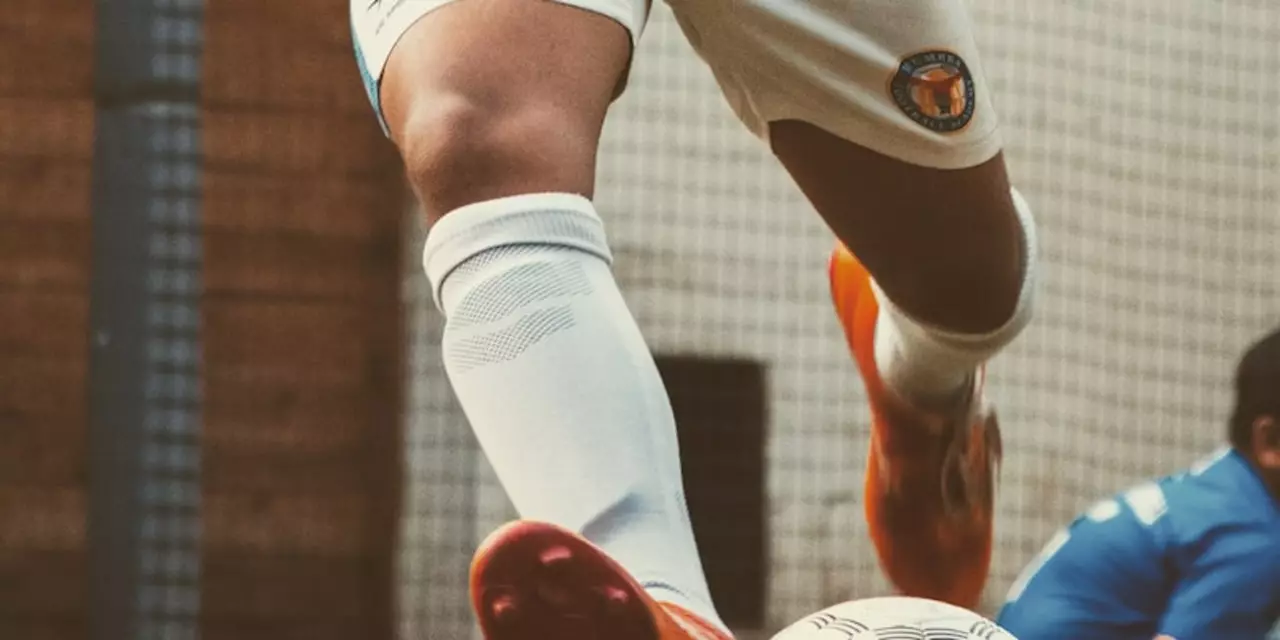Exercise for Young Soccer Players – Simple Tips to Boost Performance
Ever wonder why some kids seem to run forever on the pitch while others tire after a few minutes? The difference is often just a few smart exercises that train the body for the real game. Below are easy drills and habits that any junior player can add to a weekly routine.
Warm‑up moves that get the blood flowing
Start every session with a 5‑minute warm‑up. Skip rope for 30 seconds, then do high knees for another 30 seconds. Follow with a quick series of leg swings – forward, side‑to‑side, and finally a few gentle lunges. These actions raise heart rate, loosen joints, and prepare muscles for sprinting and tackling.
Why does this matter? A proper warm‑up cuts the risk of pulls and sprains, and it makes the first few minutes of training feel easier. Kids notice they can sprint farther when they begin with movement instead of jumping straight into drills.
Core drills that improve balance and control
The core is the engine behind every pass, turn, and jump. Put a plank into the routine twice a week. Hold for 20 seconds, rest 10 seconds, then repeat. Add side‑planks for 15 seconds on each side. Over time, increase the hold by five seconds each week.
Another simple exercise is the “ball‑on‑foot” balance drill. Place a small soccer ball on the heel of one foot, then walk forward 10 steps without dropping it. Switch feet and repeat. This builds ankle stability, which translates to better dribbling and fewer ankle twists during matches.
Speed work is also key. Mark a 20‑meter line and have the player sprint, rest for 30 seconds, then repeat five times. This short burst training teaches the body to accelerate quickly – a valuable skill for breaking away from defenders.
Recovery matters just as much as the work itself. After each session, spend two minutes stretching major muscles: calves, hamstrings, quadriceps, and hip flexors. Encourage kids to breathe deeply while they stretch; it helps lower heart rate and speeds up the cooling‑down process.
Hydration and nutrition are quick wins. A water bottle on the sidelines reminds players to sip regularly, and a small snack of fruit or a banana after training refuels muscles for the next practice.
Finally, keep the vibe fun. Turn drills into games – “who can keep the ball on their foot longest” or “race to the cone and back”. When kids enjoy the activity, they’re more likely to stick with it and see real improvement on the field.
In short, a solid mix of warm‑up, core stability, speed, and recovery exercises sets the foundation for better performance in junior football. Start small, stay consistent, and watch the young players get faster, stronger, and more confident every week.
